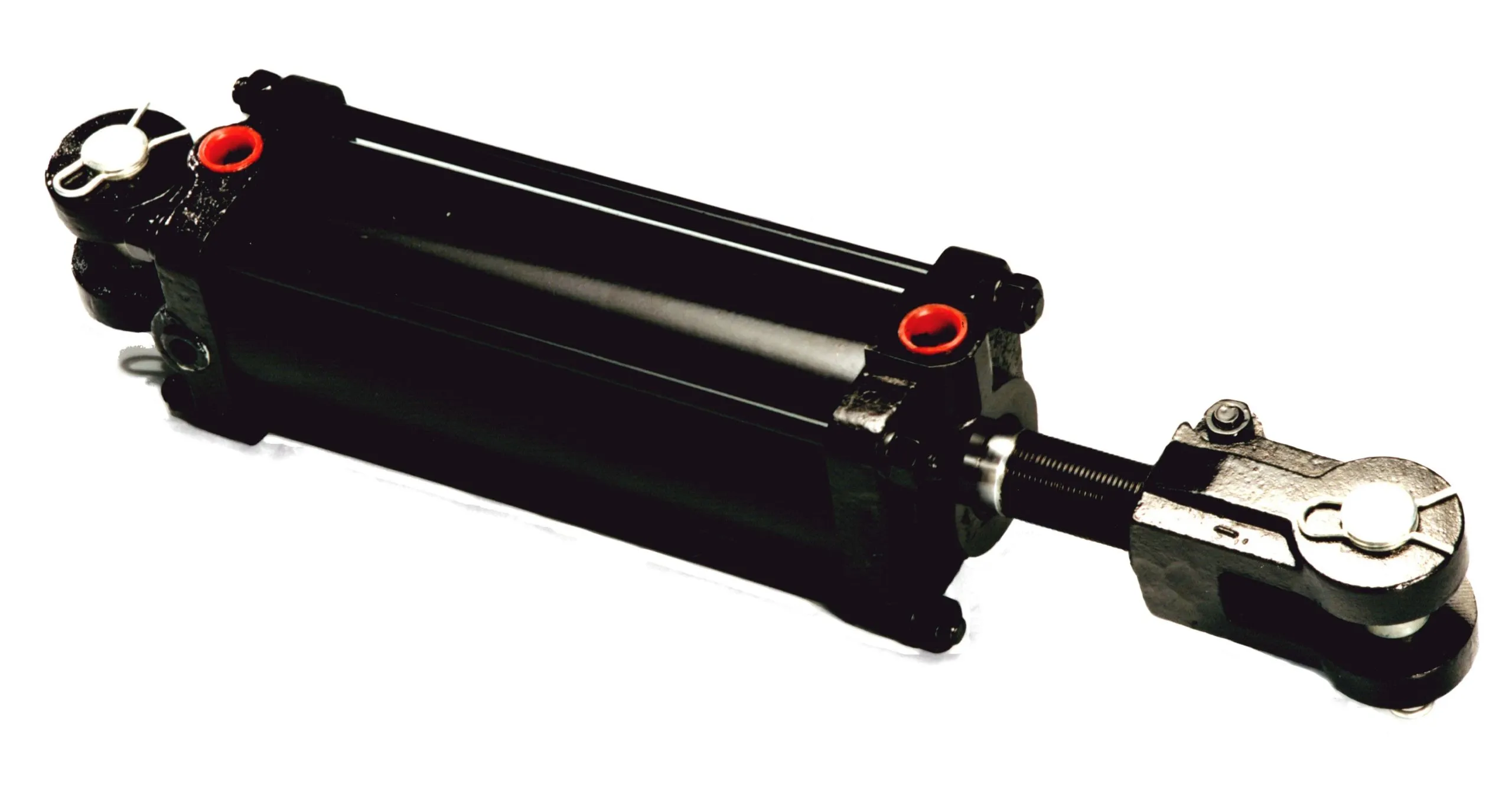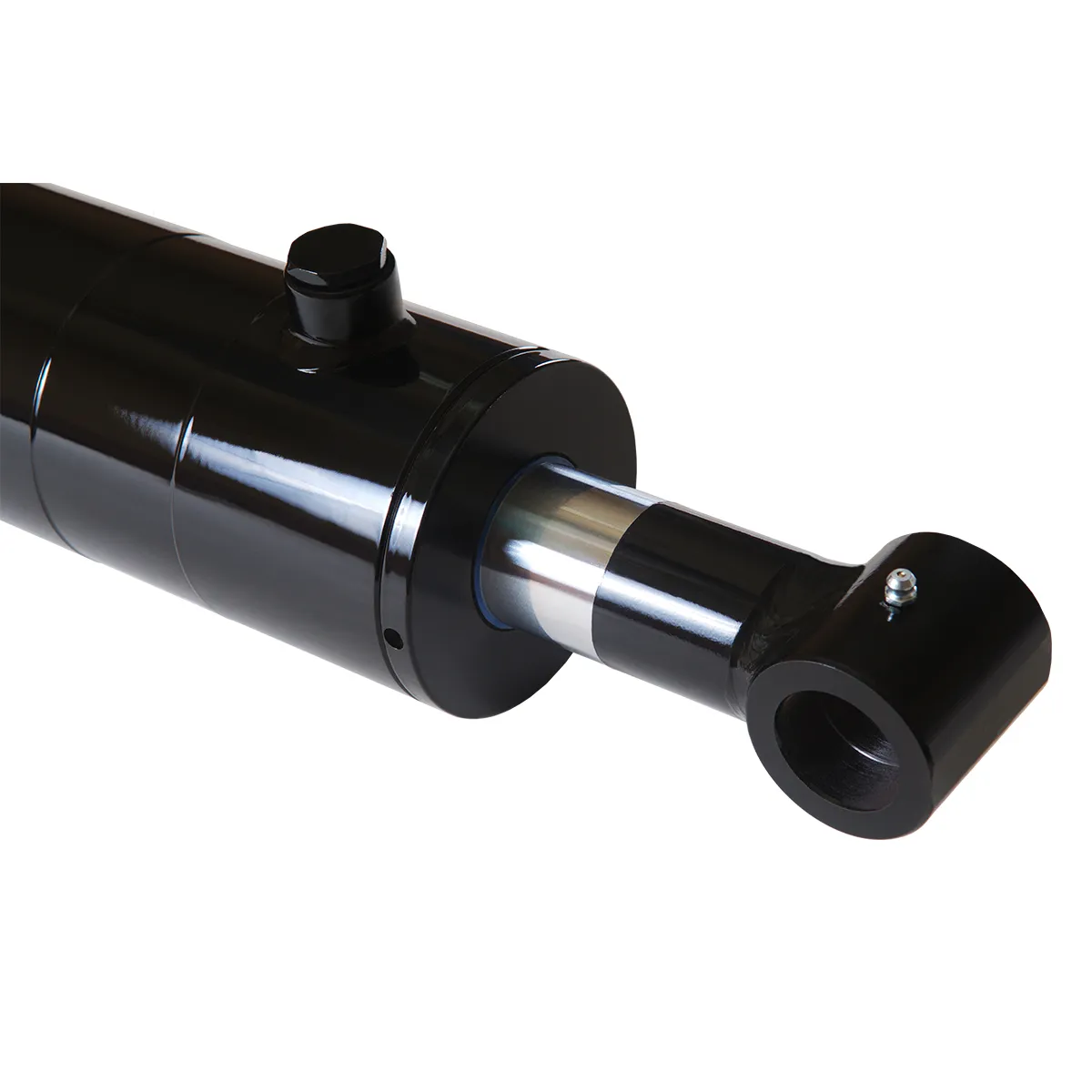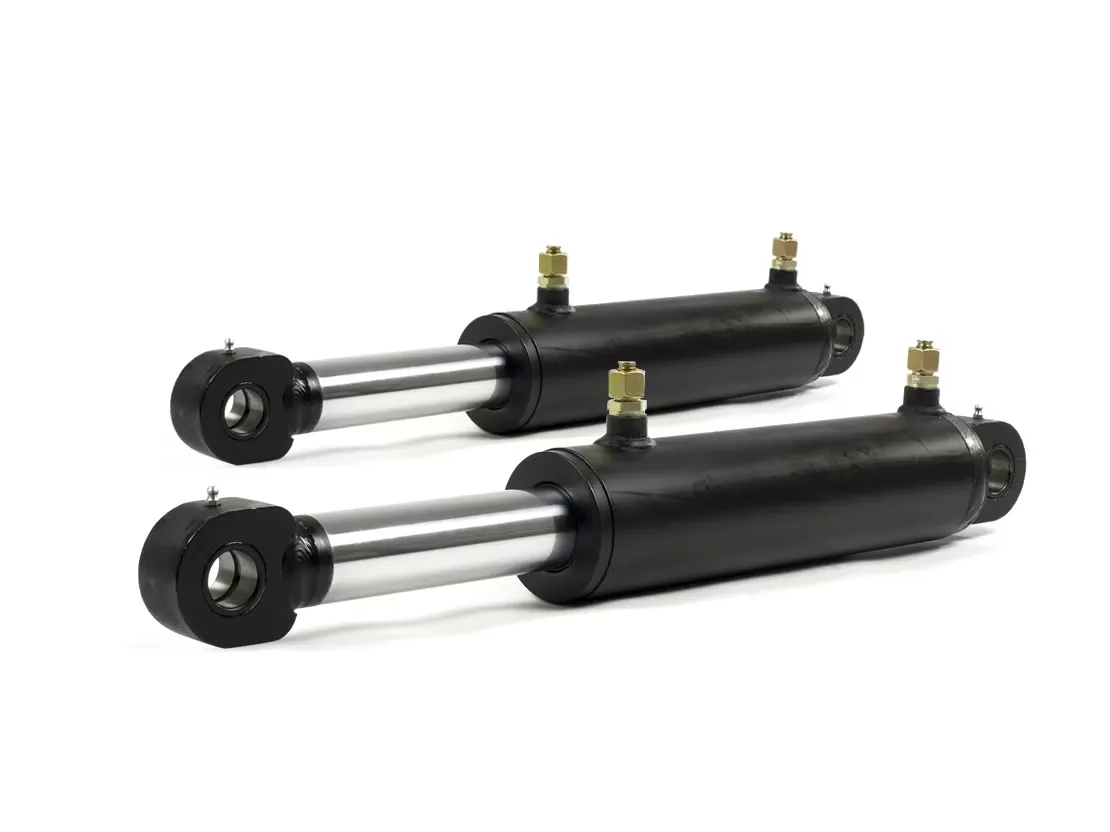
Unlocking the Potential of Locking Single-Acting Hydraulic Cylinders
Introduction to Locking Single-Acting Hydraulic Cylinders
The locking single-acting hydraulic cylinder operates under hydraulic pressure in one direction and features a locking mechanism to prevent movement in the absence of pressure. This mechanism ensures safety and stability in various applications.
Design and Construction Characteristics
The design of the locking single-acting hydraulic cylinder includes a locking mechanism that can be customized to meet specific application needs. The compact structure optimizes space and allows for precision manufacturing to ensure high performance.
Locking Mechanism – Safety
The main feature of the locking single-acting hydraulic cylinder is its locking mechanism, which prevents accidental retracting when hydraulic pressure is lost. This mechanism can be mechanical or hydraulic, offering enhanced safety.
Variety
The design of the locking mechanism can be tailored to specific requirements, utilizing spring-loaded locking devices, pin locks, or other mechanical locks to meet the needs of different applications.
Compact Structure – Space Optimization
Locking single-acting hydraulic cylinders are designed to be compact, making them suitable for space-limited environments. Their versatility allows for use in a wide range of equipment and machinery.

Precision Manufacturing – High-Precision Machining
The manufacturing process involves high-precision machining to ensure components fit together seamlessly and provide optimal sealing performance. Strict quality control measures are implemented to guarantee reliability.
Assembly Process

Specialized technicians oversee the assembly process to ensure proper installation and calibration of individual components. Pressure tests are conducted post-assembly to confirm performance and tightness.
Working Principle
The locking single-acting hydraulic cylinder operates using a single-acting mechanism that extends the cylinder when hydraulic oil is pumped in. The locking function, whether mechanical or hydraulic, prevents retraction under load, ensuring safety even in the absence of pressure.
Types and Configurations
There are three main types of locking single-acting hydraulic cylinders, each offering unique configurations to suit various applications. These cylinders provide stability and safety in diverse settings.
Benefits of Locking Single-Acting Hydraulic Cylinders
Locking single-acting hydraulic cylinders offer enhanced security by minimizing the risk of accidental retractions and ensuring operator safety. Their reliability, simplicity, and user-friendly design make them ideal for a wide range of applications.
Application Scenarios
Locking single-acting hydraulic cylinders find applications in construction equipment, manufacturing, transportation, and aviation industries. These cylinders play a crucial role in ensuring stability and safety in various operations.
Design Considerations and Selection Criteria
When selecting a locking single-acting hydraulic cylinder, factors such as bearing capacity, sealing, durability, safety, and maintainability should be considered. These considerations influence the performance and longevity of the cylinder.
Sealing and Lubrication
Proper sealing and lubrication are essential for the optimal performance of locking single-acting hydraulic cylinders. Utilizing high-quality seals and regular lubrication maintenance can enhance durability and efficiency.
Regular Inspection and Maintenance
Implementing regular inspection and preventive maintenance measures can prolong the lifespan of locking single-acting hydraulic cylinders. These actions help prevent potential issues and ensure smooth operation.
Installation Guide
Follow the correct installation guide to ensure the proper functioning of locking single-acting hydraulic cylinders. Proper alignment, mounting brackets, and inspection procedures are crucial for optimal performance.
Maintenance Tasks
Regular inspection, lubrication, seal replacement, and calibration are essential maintenance tasks for locking single-acting hydraulic cylinders. Proper installation, lubrication, and adjustment can significantly impact performance and longevity.
Safety Considerations and Environmental Factors
Adhering to safety measures and considering environmental factors are crucial when using locking single-acting hydraulic cylinders. Prioritizing safety protocols and environmental sustainability ensures smooth operations.
Fault Diagnosis and Common Problems
Understanding common problems and fault diagnosis for locking single-acting hydraulic cylinders is essential for effective troubleshooting. Identifying issues early and implementing solutions can prevent downtime and improve efficiency.
Unit Power
The unit power of locking single-acting hydraulic cylinders is influenced by factors such as cylinder diameter, stroke, operating pressure, piston speed, and load conditions. Optimizing unit power can enhance efficiency and performance.
Advantages of Optimizing Unit Power
Optimizing the power unit of locking single-acting hydraulic cylinders can improve efficiency, energy savings, and reliability. Enhancing power output and management can lead to increased productivity and reduced operating costs.
Common Questions
1. How does the locking mechanism in a single-acting hydraulic cylinder work?
2. What are the main components of a locking single-acting hydraulic cylinder?
3. What advantages do locking single-acting hydraulic cylinders offer over standard single-acting cylinders?
Long-Tail Keywords
1. Earth Moving Equipment Hydraulic Cylinder
2. Locking Mechanism for Earth Moving Equipment
3. Hydraulic Cylinder Safety Features
Our Company
We are a leading hydraulic cylinder replacement manufacturer with a comprehensive product line. Our company offers professional services, international certifications, customized solutions, advanced production equipment, and reliable after-sales support.
Author: lyl

